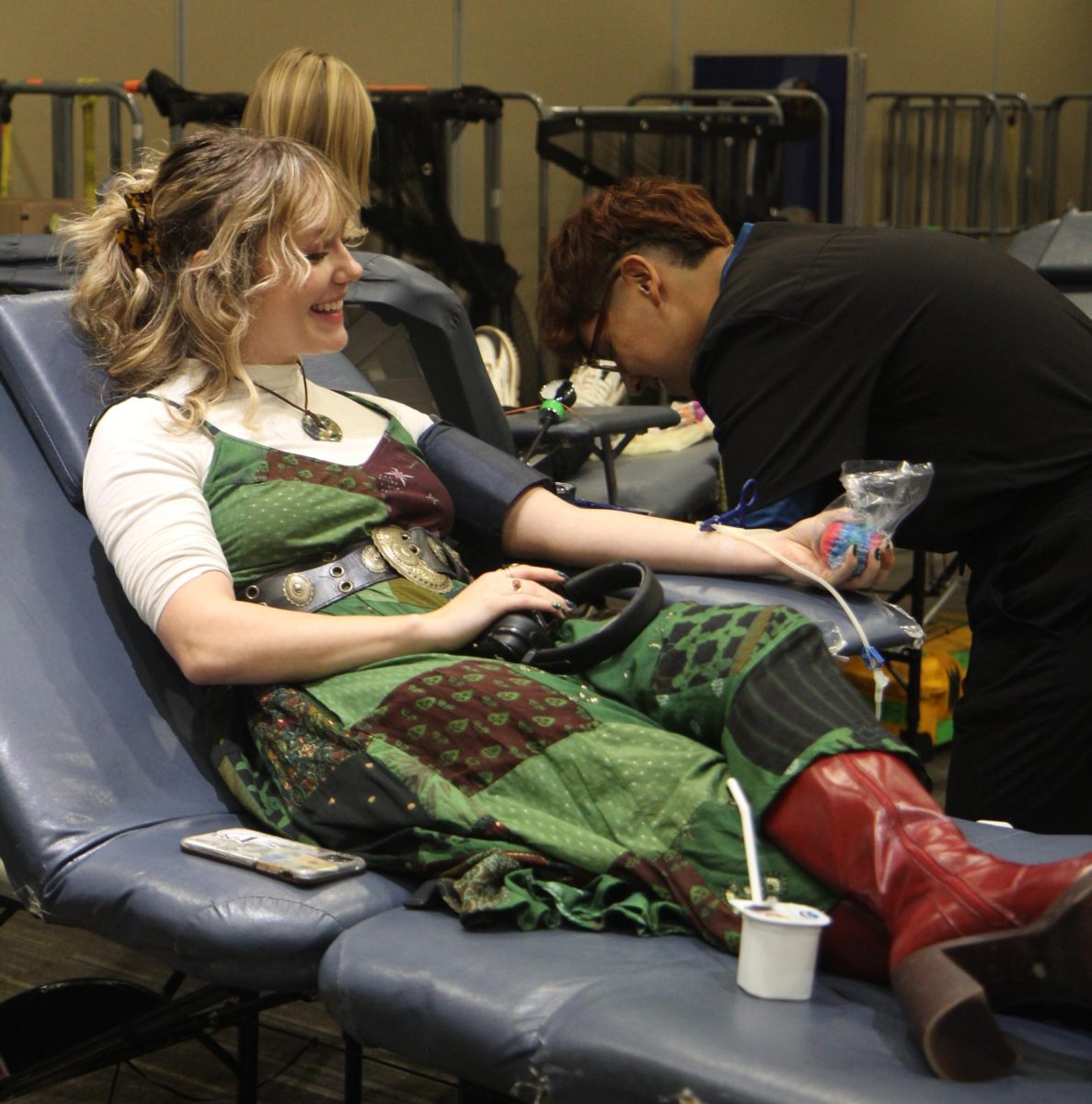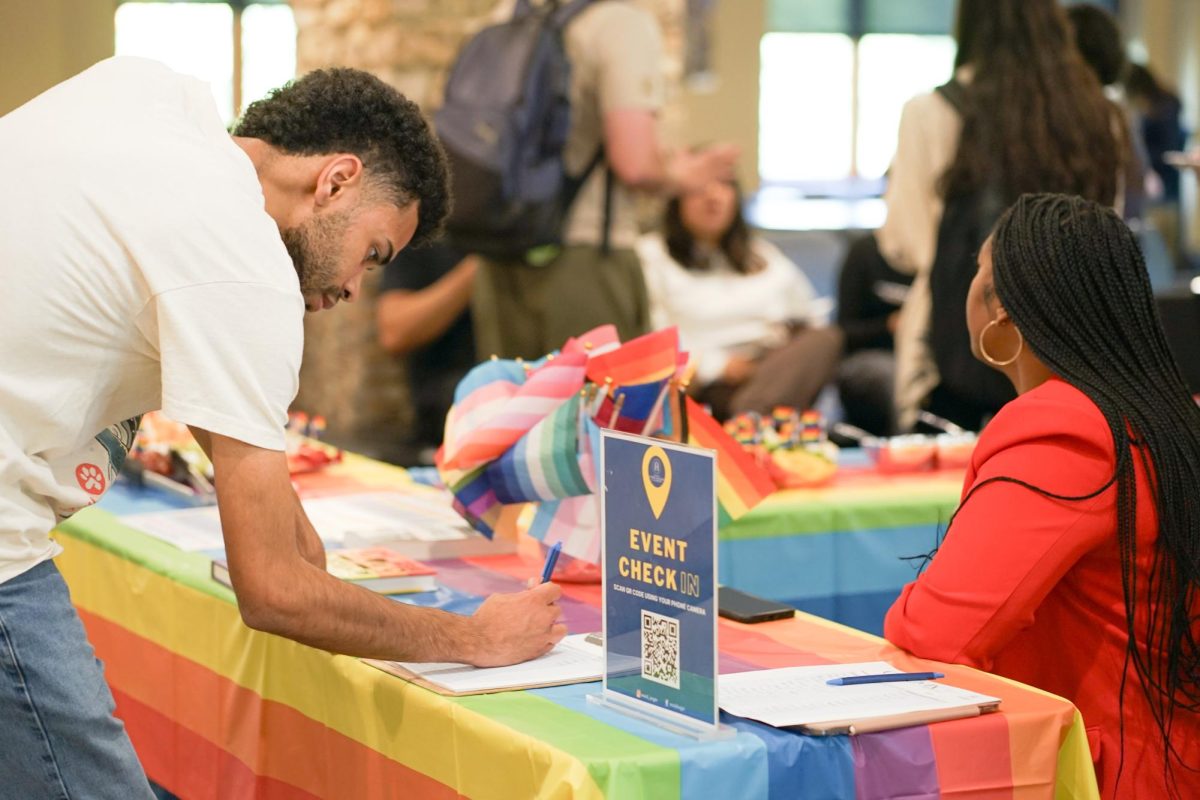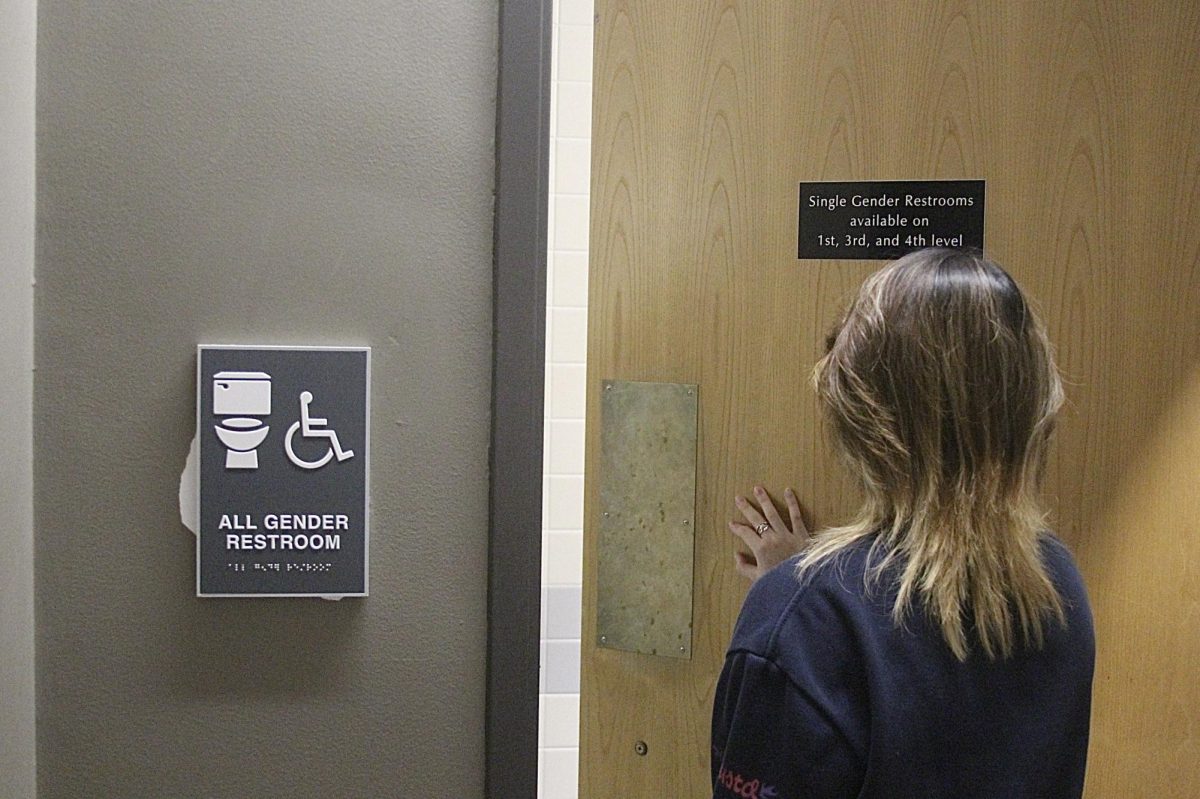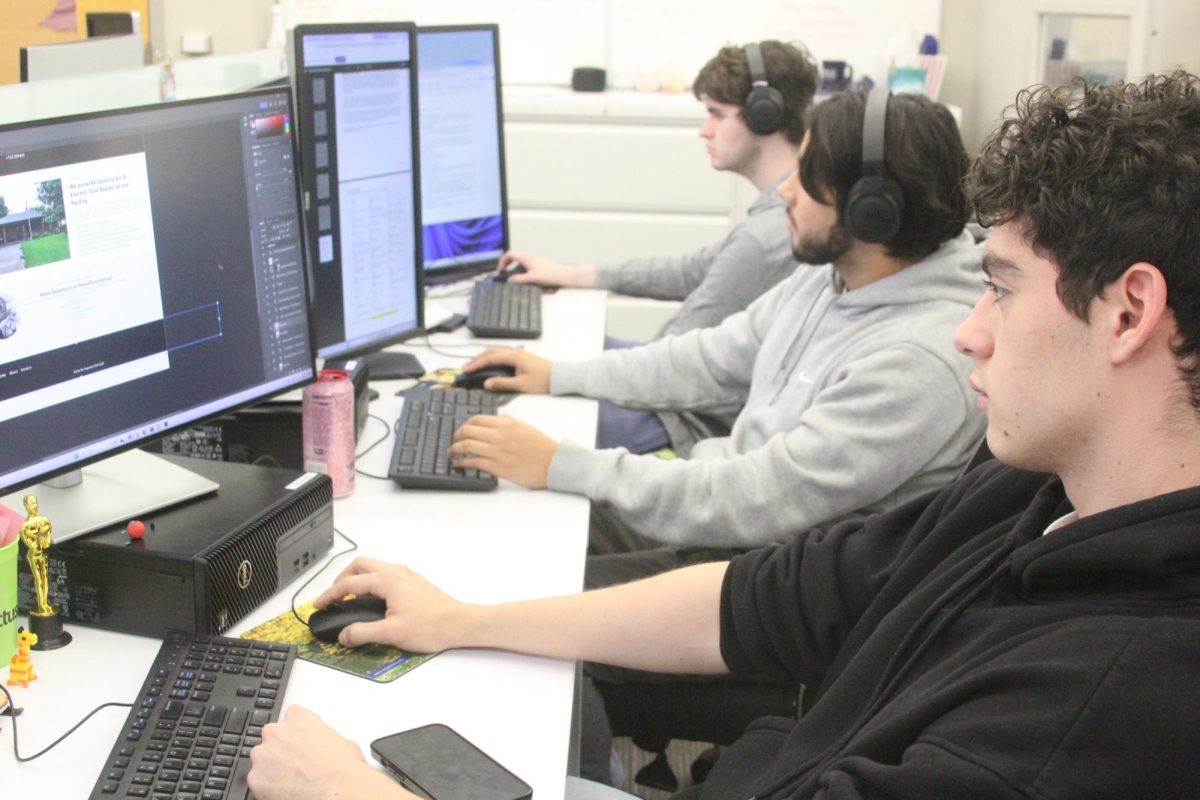Break schedules leave students feeling torn
March 25, 2023
We all have been counting down the days until spring break since the beginning of the semester.
For many of us, spring break is a highly anticipated time of year, a chance to relax, unwind and enjoy time off from the rigor of academic life.
Spring break begins at 6 p.m. Friday, March 24, but there are four days of class between this break and Easter.
Only four days between the two breaks gives students a very limited window to travel home and back to campus.
There is a hint of discomfort in the air, as the coziness of our houses and the delicacies of home-cooked food will be missed during these four days.
Some of us will say our hardest goodbyes and make it to classes, but the rest of us might put the comfort of our bed and family time above everything else.
The cost of travel can quickly add up, posing a significant concern for international and out-of-state students.
Many may not have the financial resources to cover the cost of travel, making it difficult for them to see their families and friends during the break, and the stress and uncertainty can be overwhelming for students.
If the four days between the breaks were included in the break time, some out-of-state and international students wouldn’t have to stay on campus.
It is not uncommon for students of our age to experience jet lag and tiredness from traveling, making it challenging to adjust to academic life after the break.
Providing this additional time would give students the space to adjust, preventing travel and coursework stresses from being overwhelming.
Furthermore, international students may face additional challenges in obtaining visas and clearance to re-enter the country.
Some students might choose to go back home for Easter and come back a day or two before class, but traveling home for such a short duration of time may not be the best option financially and health-wise, as it adds another layer of stress and uncertainty.
The thought of missing out on precious time with loved ones due to unusual break timing can be heartbreaking.
Local students and commuters who can visit home during the break may experience FOMO or “fear of missing out” as they are unable to spend longer time with family despite being closer in terms of distance, because of the timeframe of the break, contributing to feelings of isolation and loneliness.
The college needs to recognize and address the needs of these students by exploring alternative solutions to ensure that they can fully enjoy their college experience, including spring break.
A longer break or a more flexible academic calendar should be considered to allow international and out of state students to travel home and spend valuable time with their loved ones.
By addressing these challenges, Augustana can create a more supportive and enjoyable environment for its international and out-of-state students, who are a significant part of the campus community.


































































































